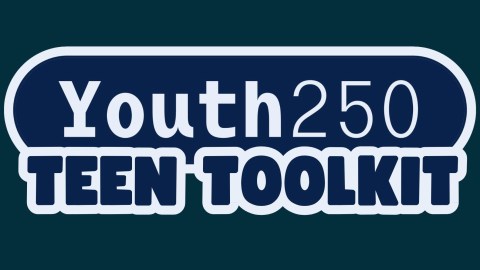
Hello, this is Elizabeth. I’m trying to recover from my pandemic writing rut by drafting a short post each week, commenting on the news. (Kind of like the old CFM series “Monday Musing,” but who can tell which day is Monday anymore?) You can help reinvigorate the blog by suggesting topics you would like to see me address—use the comment section, below, tweet tagging @futureofmuseums, or email me at emerritt (at) aam-us.org.
It’s estimated that nearly a quarter of Americans worked remotely in 2021, and according to the 2021 State of Remote Work, almost 98 percent of those folks would prefer to continue to work remotely, at least part time, for the rest of their careers. (Some people are actually quitting rather than giving up work from home.) One of the things people appreciate most about remote work is the reduction in time spent commuting. Some people have used partly remote work as an opportunity to live in more desirable or less expensive communities farther from their workplace, choosing a longer, but less frequent, trek to the office. Some employees use the opportunity for full-time digital work to uncouple their decision of where to live from the physical workplace. These trends may cause significant shifts in population across the country in the coming decade.
Digitally-driven migration may gut traditional business districts—see for example concerned projections about New York City, Philadelphia, and DC. The ability to employ people distributed across the world may prompt businesses to relocate to places with lower rents or do away with physical offices altogether. The freedom to work from nearly anywhere may prompt workers to move from cities to suburbs and from areas with high costs of living to more affordable communities. Individual decisions about where to live could be driven by necessity (finances, the need to care for aging parents or other family members, a spouse’s place-based job) or desirability (preferences for lifestyle, leisure, climate). Pundits are already making predictions about which communities will grow in population during this migration (on the short list: Daphne, Alabama, Eugene, Oregon, and Ithaca, New York) or shrink as they see an exodus of workers. Besides the effects on individual communities, commenters have warned these displacements may:
- Exacerbate wealth inequality and deepen local pockets of poverty, as people who can’t work remotely or can’t afford to relocate are left behind.
- Increase social and political divisions, as people further self-segregate into physical and digital communities with other people “like them.”
- Erode support for public transportation, especially as many people who don’t migrate to new communities may choose to work from home.
- Gut small businesses (restaurants, shops, entertainment) formerly supported by a concentrated mass of office workers.
Here are some questions to help you explore the implications that digitally-driven migration may have for your museum and the community you serve. You can use this list to spark discussion in your next staff meeting or planning session.
- Is your community projected to lose or gain population from digital displacement? Check to see if your local government or business alliance has created projections about the impact of remote work.
- Have major employers in your community decided to support part-time or full-time remote work (in or out of state), and/or to relocate their offices?
- How do the demographics of your current members and visitors map against the demographics of people most likely to work remotely, and therefore perhaps change where they work and/or live? (Here’s a source of pre-pandemic data on people who could work from home, by ethnicity.)
Some interesting opportunities for museums may arise from growth of remote work:
- A recent New Yorker article posited that some companies which have gone primarily remote might periodically bring their far-flung staff together to collaborate in person, creating a demand for rental spaces that specialize in hosting and facilitating such meetings. I’ve documented on this blog how museums can partner with business by providing co-working space (see this post from the Columbus Museum of Art, and this one from the Australian Center for the Moving Image). In the future, museums might also enter more episodic arrangements, serving as hosts for occasional face-to-face meetings of remote-first companies, providing memorable, meaningful experiences for their staff.
- An article that appeared this week in Small Business Labs summarizes research documenting that 15.5 million American workers now self-identify as “digital nomads,” up 112 percent from pre-pandemic levels. These nomads are people who “choose to embrace a location-independent, technology-enabled lifestyle that allows them to travel and work remotely, anywhere in the internet-connected world.” Many of these migratory workers are curious travelers, planning their itinerary around places they want to visit and explore. (A profile that also describes likely museum-goers.) Museums can help their communities court these nomads, as well as providing places for them to park their laptops while they are in town.
This trend has a whole other set of implications for museum workers and museums as employers—I hope to explore that in a future post. What other implications do you think digital migration holds for museums?









Elizabeth,
Thanks as always for thought provoking content. Hope you are well.
Best
Mark